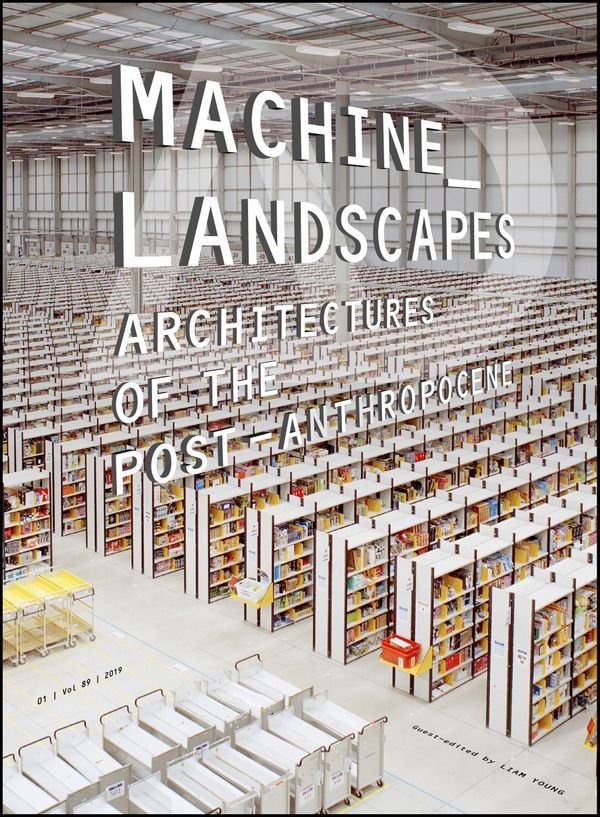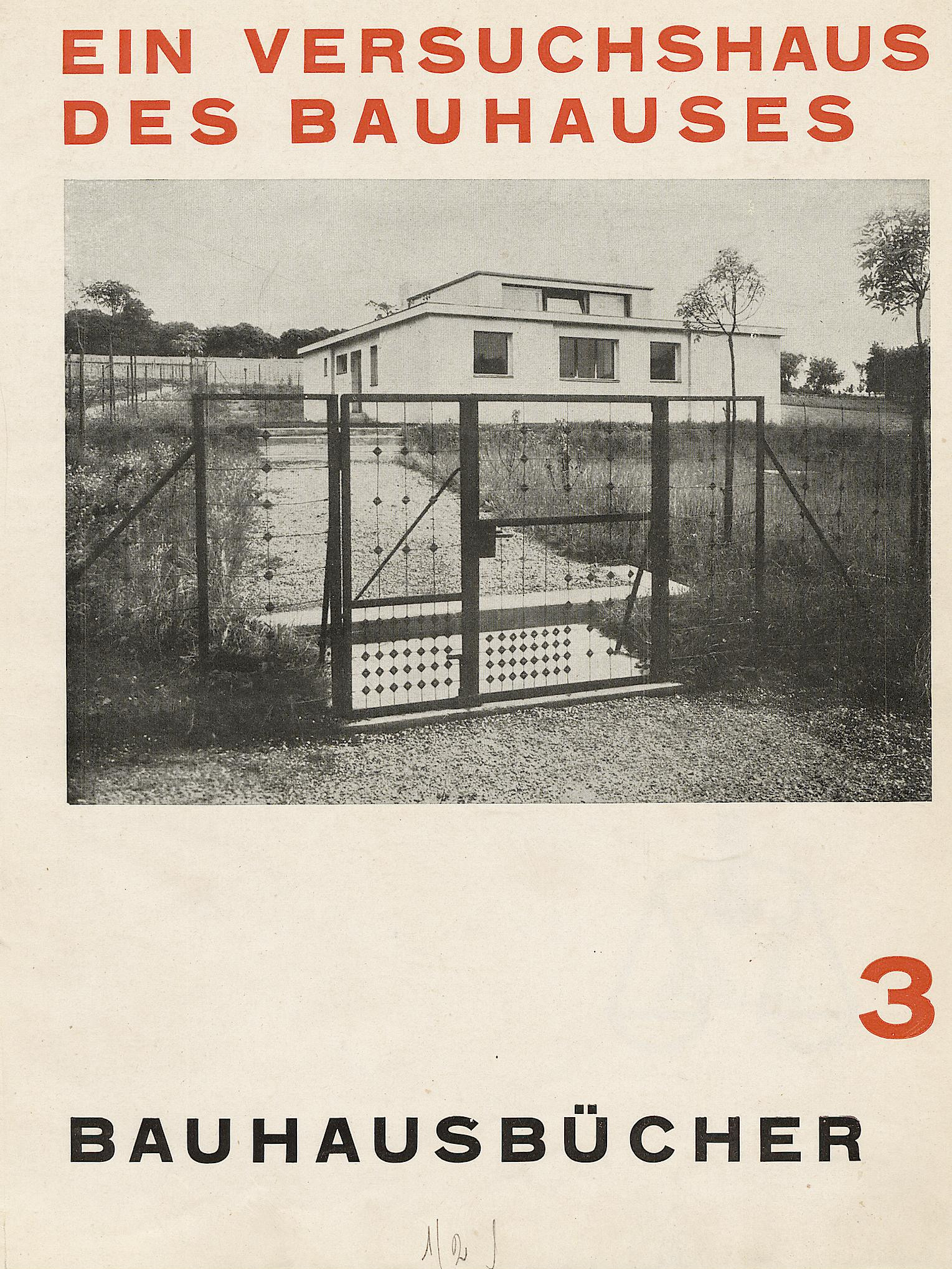Superstudio: Supersurface: An Alternative Model for Life on Earth (1972)
Filed under video | Tags: · architecture, design
“Produced for the 1972 Museum of Modern Art exhibition, Italy: The New Domestic Lanscape, Supersurface was the first of five films planned by Superstudio as a ‘critical reappraisal of the possibility of life without objects’. Superstudio envisioned a ‘network of energy and information extending to every properly inhabitable area’. According to the artists, this network would bring about the destruction of objects as status symbols, the elimination of the city as an accumulation of formal structures of power, and the end of specialized and repetitive work as an alienating activity. ‘The logical consequence,’ they write, ‘will be a new, revolutionary society in which everyone should find the full development of his possibilities’. Although only two of the films were ever completed, Superstudio published storyboards and texts for the entire project, entitled Five Fundamental Acts: Life, Education, Ceremony, Love and Death. Addressing the first of these five acts, Supersurface presents ‘an alternative model for life on earth’ in which the ‘network of energy and information’ is represented by grids and images of technology superimposed on a collage of natural and inhabited landscapes peopled by families engaged in domestic and leisure activities.”
9:30 minutes
via Radical Architecture, HT joost rekveld
Commentary: Superstudio (MoMA catalogue, 1972), Cristiano Toraldo di Francia (n.d.), Ross K. Elfline (Footprint, 2011).
Comment (0)Architectural Design, 89(1): Machine Landscapes: Architectures of the Post‐Anthropocene (2019)
Filed under magazine | Tags: · anthropocene, architecture, data center, design, infrastructure, machine, media infrastructure

“This issue of Architectural Design (AD) discusses how the most significant architectural spaces in the world are now entirely empty of people. The data centers, telecommunications networks, distribution warehouses, unmanned ports, and industrialized agriculture that define the very nature of who we are today are at the same time places we can never visit. Instead, they are occupied by server stacks and hard drives, logistics bots and mobile shelving units, autonomous cranes and container ships, robot vacuum cleaners and internet-connected toasters, driverless tractors and taxis.
This issue is an atlas of sites, architectures, and infrastructures that are not built for us, but whose form, materiality, and purpose are configured to anticipate the patterns of machine vision and habitation rather than our own. We are said to be living in a new geological epoch, the Anthropocene, in which humans are the dominant force shaping the planet. This collection of spaces, however, more accurately constitutes an era of the Post-Anthropocene, a period where technology and artificial intelligence now compute, condition, and construct our world. Marking the end of human-centred design, the issue turns its attention to the new typologies of the post-human, architecture without people, and our endless expanse of Machine Landscapes.”
Contributors: Liam Young, Benjamin H. Bratton, Trevor Paglen, Adam Harvey, Jenny Odell, Geoff Manaugh, Ben Roberts, Jesse LeCavalier, John Gerrard, Rem Koolhaas, Ingrid Burrington, Xingzhe Liu, Merve Bedir, Jason Hilgefort, Simone C. Niquille, Tim Maughan, Clare Lyster, Alice Gorman, Ian Cheng, Cathryn Dwyre, Chris Perry, David Salomon, and Kathy Velikov.
Edited by Liam Young
Publisher Wiley, January/February 2019
Open access
ISSN 0003-8504
ISBN 9781119453017
144 pages
Adolf Meyer (ed.): Ein Versuchshaus des Bauhauses in Weimar (1925) [German]
Filed under book | Tags: · architecture, bauhaus, design

The third volume from the series of 14 volumes published by Bauhaus.
“Das Versuchs-Wohnhaus wurde zur ersten öffentlichen Bauhausausstellung (Sommer 1923) in Weimar erbaut. Es wurde von Georg Muche (Entwurf) und der Architekturabteilung des Bauhauses geplant. Bauleitung hatten Adolf Meyer und Walter March. Das Buch wurde im Sommer 1924 zusammengestellt. Nach einem grundsätzlichen Beitrag von Walter Gropius über »Wohnhaus-Industrie« stellt Georg Muche den Entwurf des Versuchshauses vor und Adolf Meyer beschreibt die technische Ausführung mit Angabe der beteiligten Firmen.”
Publisher Albert Langen, Munich, 1925
Bauhausbücher series, 3
78 pages
via Thebaus & Heidelberg University Library

